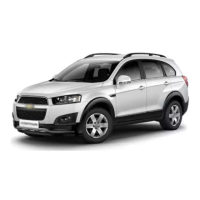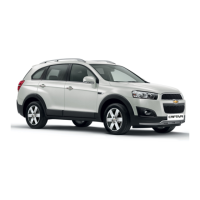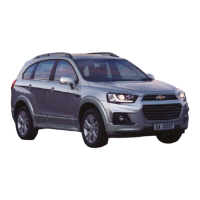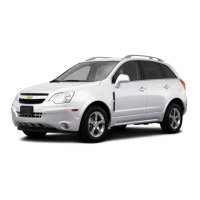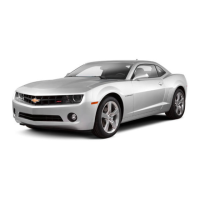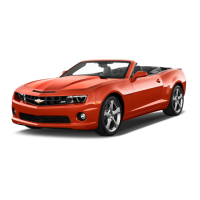WINTER TIRES
Consider installing winter tires on the
vehicle if frequent driving on snow or
ice covered roads is expected. All
season tires provide good overall
performance on most surfaces but they
may not offer the traction you would
like or the same level of performance as
winter tires on snow or ice covered
roads.
Winter tires, in general, are designed
for increased traction on snow and ice
covered roads. With winter tires, there
may be decreased dry road traction,
increased road noise, and shorter tread
life. After changing to winter tires, be
alert for changes in vehicle handling
and braking.
See your CHEVROLET retailer for
details regarding winter tire availability
and proper tire selection. Using incorrect
winter tires may adversely affect
Stability System Performance. Also, see
Buying New Tires on page 9-50.
If using snow tires:
Use them on all four wheels.
Never exceed the maximum speed
specified by the tire manufacturer.
Always use the tire pressure spec-
ified by the tire manufacturer.
Winter tires with the same speed rating
as the original equipment tires may not
be available for H, V, W, Y, and ZR
speed rated tires. If winter tires with a
lower speed rating are chosen, never
exceed the tire's maximum speed
capability.
Tire Designations
E.g. 215/60 R 16 95 H
215 : Tire width, mm
60 : Cross-section ratio (tire height to
tire width), %
R : Belt type : Radial
RF : Type : Run Flat
16 : Wheel diameter, inches
95 : Load index e.g. 95 is equivalent to
690 kg
H : Speed code letter
Speed code letter:
Q : up to 160 km/h (100mph)
S : up to 180 km/h (112mph)
T : up to 190 km/h (118mph)
H : up to 210 km/h (130mph)
V : up to 240 km/h (150mph)
W : up to 270 km/h (168mph)
Vehicle Care 9-45
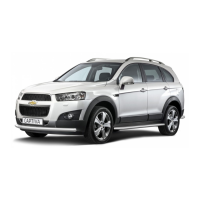
